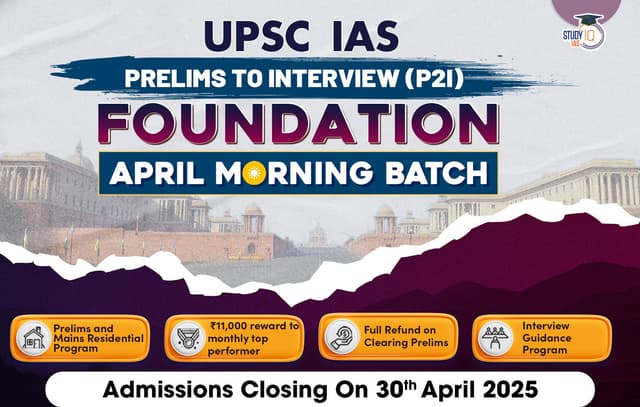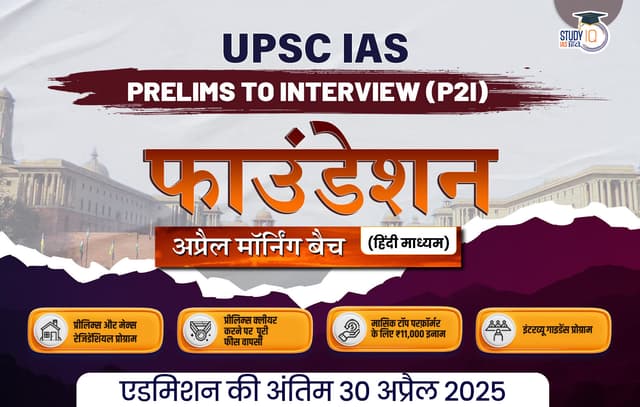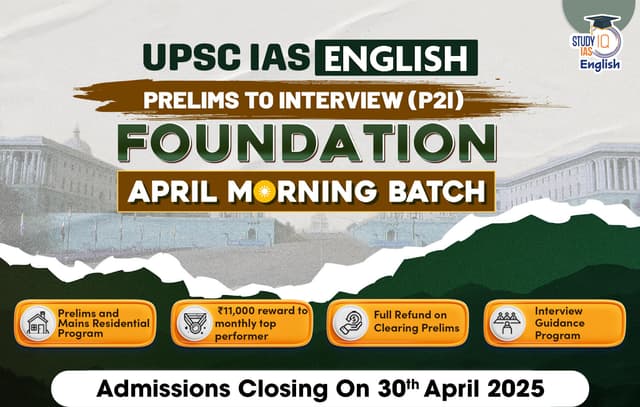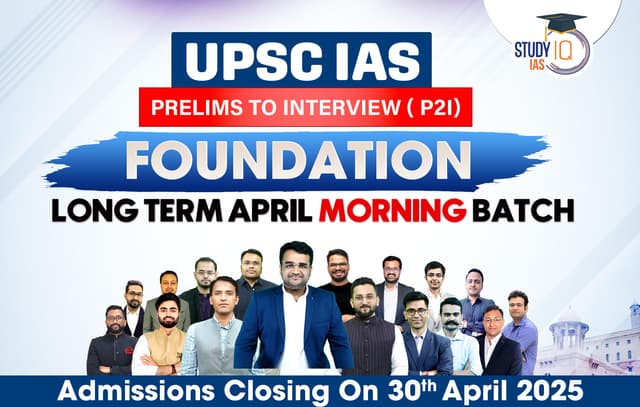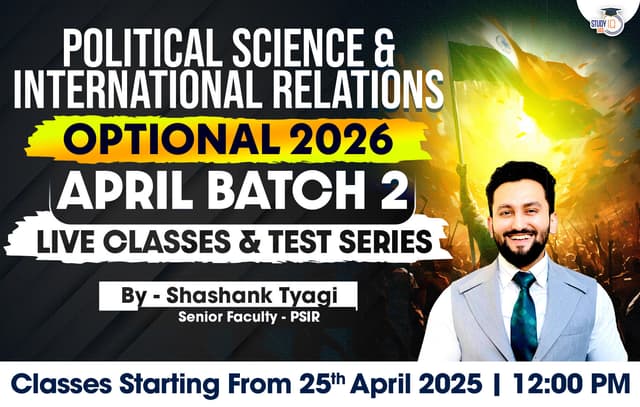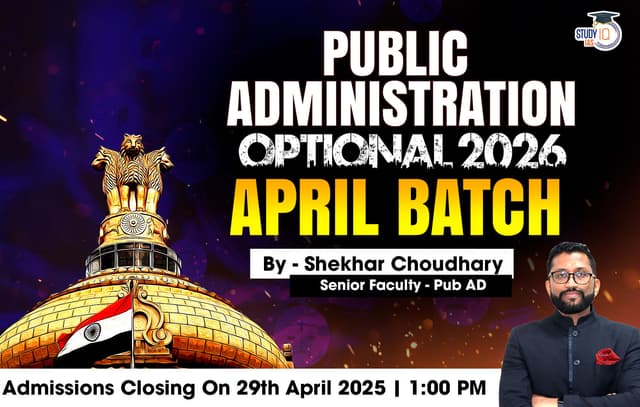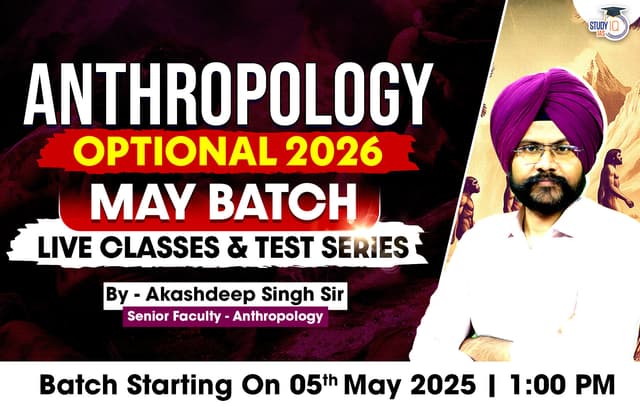UPSC Prelims News of 14 February 2023
Bhashini Initiative
Context: Bhashini team is building a WhatsApp-based chatbot that relies on information generated by ChatGPT to return appropriate responses to queries.
More on the News:
- The initiative mainly targets residents of rural areas, who can put their questions to the chatbot using voice notes.
- Since India’s rural population speaks a wide range of languages, it is important to build a language model that can successfully identify and understand them.
- Currently, the chatbot supports 12 languages including English, Hindi, Tamil, Telugu, Marathi, Bengali, Kannada, Odia, and Assamese.
Working
- A user can simply ask a question using voice notes, and receive a voice-based response generated by ChatGPT.
- To build such a language model, it is essential to have large datasets of the various local languages spoken in India, for training the model. An initiative called Bhasha Daan was used here.
Limitations
- The WhatsApp chatbot can only respond to simple queries about government schemes, etc.
- This is mainly due to the current limitation of ChatGPT, which cannot access information from the Internet in real time.
Bhasha Daan
- Bhasha Daan is an ambitious project that aims to crowd-source voice datasets in multiple Indian languages.
- People can contribute by recording themselves reading out a portion of text, by typing out a sentence that they hear, or by translating text in one language into another.
UPSC Prelims News 13 February 2023
MIIRA
Context: India is planning to propose a Millet International Initiative for Research and Awareness (MIIRA) during its G20 Presidency.
About MIIRA
- MIIRA will be aimed at coordinating millet research programmes at the international level.
- It is in line with the United Nations declaring 2023 as the International Year of Millets and the Union Government’s plan to make India a global hub for millets.
- MIIRA will be launched keeping in mind the nutritional value and the climate resilient nature of millets.
- MIIRA will aim to connect the millet research organisations across the world while also supporting research on millet crops.
- Besides setting up a web platform to connect researchers and holding international research conferences, the plan is also to promote millet consumption by raising awareness.
- For MIIRA to take off, India will contribute the “seed money” while each G20 member will later have to contribute to its budget in the form of a membership fee.
- The MIIRA secretariat will be in Delhi.
What are Millets?
- Millets are small-grained cereals such as sorghum (jowar), pearl millet (bajra), foxtail millet (kangni/ Italian millet), little millet (kutki), kodo millet, finger millet (ragi/ mandua), proso millet (cheena/ common millet), barnyard millet (sawa/ sanwa/ jhangora), and brown top millet (korale).
- These crops require less water than rice and wheat, and are mainly grown in rainfed areas.
- India is the largest producer of millets in the world.
- The major millets producing States in India are Rajasthan, Uttar Pradesh, Haryana, Gujarat, Madhya Pradesh, Maharashtra, Karnataka, Tamil Nadu, Andhra Pradesh and Telangana.
- Millets are the traditional food in Asia and Africa.
- Globally, jowar is the most widely grown millet crop; its major producers are the US, China, Australia, India, Argentina, Nigeria, and Sudan.
- Bajra, another major millet crop, is mainly grown in some African countries and India, where millets are mainly a kharif crop.
Sarojini Naidu
Context: India is celebrating the National Women’s Day 2023 to commemorate the birth anniversary of Sarojini Naidu.
- Popularly known as the nightingale of India, Sarojini Naidu was born on February 13, 1879 in Hyderabad.
- She was an activist, poet and a valiant politician.
- She joined the Indian national movement in the wake of partition of Bengal in 1905.
- In 1925, she became the first woman to lead the Indian National Congress as the party President.
- Naidu was an inevitable part of the Salt Satyagraha movement started by Mahatma Gandhi. She was also part of the Quit India Movement started against British rule in India.
- The British government lauded Sarojini Naidu with the ‘Kaisar-i-Hind’ Medal for her service during the plague epidemic in India.
- Apart from politics, Sarojini Naidu is recognized globally as one of the finest poetesses in the history of Indian literature.
- Her poetic works involved a spectrum of topics including patriotism, tragedy, romance, etc.
- Published in 1912, ‘In the Bazaars of Hyderabad’ remains one of her most popular poems.
- Her other works include “The Golden Threshold (1905)”, “The Bird of Time (1912)”, and “The Broken Wing (1912)”.
- She was also a member of the All-India Women’s Conference and worked to improve the status of women in India.
- She died on March 2, 1949, in Lucknow.
Quasi Crystals
Context: Scientists have discovered a new type of quasicrystal, one with 12-fold symmetry, in the Sand Hills of north central Nebraska, USA.
About Quasicrystal
- Quasicrystal is a matter formed atomically in a manner somewhere between the amorphous solids of glasses and the precise pattern of crystals. These crystals consist of atoms that are arranged in a pattern that doesn’t repeat itself regularly.
- Quasicrystals are physical lattices with a translational disorder that retain local, rotational symmetry whereas, ‘perfect’ crystals have both translational and rotational symmetry and are always close-packed.
- Usage: Quasicrystals have been widely created in labs and are known to possess novel electrical, photonic, and mechanical properties that aren’t found in other materials.
- The dodecagonal quasicrystal is an example of a quasicrystal of any kind formed by electrical discharge.
Applications
- Quasicrystals can be used in manufacturing non-stick frying pans, needles for acupuncture and surgery, dental instruments, and razor blades.
- They can be used in selective solar absorbers for power conversion, broad-wavelength reflectors, and bone repair and prostheses applications where biocompatibility, low friction, and corrosion resistance are required.
Faster Adoption and Manufacturing of Electric Vehicles – FAME II
Context: The government is looking at the option of increasing the utilization of resources earmarked under the FAME II scheme for electrifying buses.
About FAME II1
- FAME II is a scheme launched by the Government to give a boost to the development of Electric Vehicles. It is an effort to combat climate change across the globe.
- Funding: Under the scheme, Rs 10,000 crore for a period of 3 years was allocated.
- Initiatives: Rs 1,000 crore has been set aside for setting up charging stations for electric vehicles. It has given a proposal of providing 1 slow charging unit for every electric bus and 1 fast charging station for 10 electric buses.
- The Central Government incentivizes the purchase of approximately 5 lakh three-wheelers, 7000 electric buses, and 35,000 four-wheelers.
- Authority: Department of Heavy Industries, the Ministry of Heavy Industries and Public Enterprises is the monitoring authority
Filariasis
Context: The Union Health Ministry launched a nationwide mass drug administration (MDA) campaign aimed at ending filariasis disease transmission.
About Filariasis
- Lymphatic filariasis, commonly known as elephantiasis, is a neglected tropical disease.
- Transmission: Infection occurs when filarial parasites are transmitted to humans through mosquitoes.
- Acquisition: Infection is usually acquired in childhood causing hidden damage to the lymphatic system.
- Effects: Lymphatic filariasis impairs the lymphatic system and can lead to abnormal enlargement of body parts, causing pain, severe disability, and social stigma.
- People with the disease can suffer from lymphedema and elephantiasis and in men, swelling of the scrotum, called a hydrocele, can occur.
- Causative agent: Parasite Wuchereria bancrofti
- Vector: In Africa, the most common vector is Anopheles and in the Americas, it is Culex quinquefasciatus.
- Aedes and Mansonia can transmit the infection in the Pacific and Asia.
- Treatment: Diethylcarbamazine (DEC) is the drug of choice. The drug kills the microfilariae and some adult worms.
TARKASH
Context: TARKASH, a joint exercise by the National Security Guard (NSG) and US Special Operations Forces (SOF) is currently being held in Chennai.
About TARKASH
- It is an Indo-US joint exercise, which for the first time has included “Chemical, Biological, Radiological and Nuclear (CBRN) terror response”.
- The objective of the joint exercise is to rapidly neutralize the terrorists, rescue the hostages safely and deactivate the chemical weapons being carried by the terrorists.
- According to the report, the new drill has been made part of the exercise in the backdrop of the Russia-Ukraine war.
- CBRN weapons have the capability of creating mass casualties as well as mass disruption and therefore, are classified as weapons of mass destruction.
- Chemical weapons include mustard gas and nerve agents, Biological agents include anthrax, Radiological weapons include weaponised radioactive waste and nuclear weapons.
- These have been in use since World War I, with the recent use being in 2013 during the Syrian Civil War.
Web 3.0 Technology
Context: Finance minister has said significant international collaboration is required for effective implementation of domestic legislations relating to crypto assets and web3 sectors.
What is Web 3.0 Technology?
- Web 3.0 is simply the third-generation internet that evolved from World Wide Web. Previous versions were web 1.0 and web 2.0.
- Web 1.0: The first generation of the World Wide Web, which was primarily a collection of static web pages that provided information in a one-way communication style.
- Web 2.0: It introduced user-generated content, social media, and interactive applications that allowed for greater user participation and collaboration.
- Web 3.0: The next generation of the World Wide Web, which aims to create a more decentralized and secure internet by leveraging technologies such as blockchain, smart contracts, and distributed ledgers.
- Key features of Web 3.0 Technology:
- Decentralization: Data and applications are distributed across multiple nodes, creating a more decentralized internet.
- Interoperability: Different applications and systems work seamlessly together, creating a more connected digital ecosystem.
- Trust and Security: Web 3.0 creates a more secure and trustworthy internet, where users have greater control over their personal data and transactions.
- AI: Web 3.0 makes greater use of artificial intelligence and machine learning technologies, enabling more personalized and intelligent applications and services.
- Semantic Web: Data is structured in a way that allows machines to better understand and interpret it.

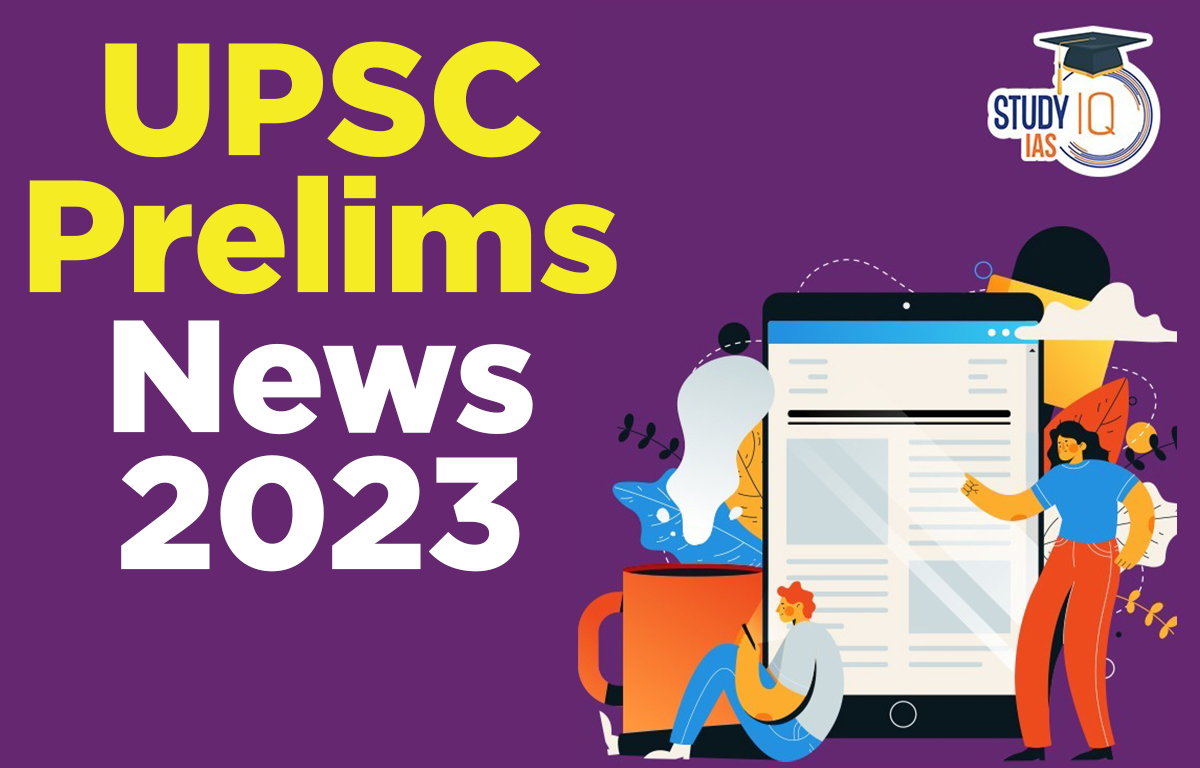
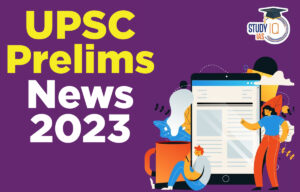 UPSC Prelims News 20 March 2023
UPSC Prelims News 20 March 2023
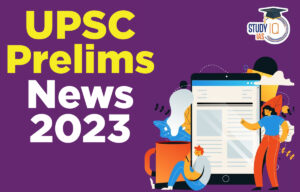 UPSC Prelims News 17 March 2023
UPSC Prelims News 17 March 2023

